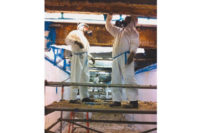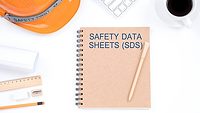“Is there anything you can do to keep it from coming back?”
How Preventative Coatings Work
Preventative Coatings and EPA Registration
“(A) Treated articles or substances. An article or substance treated with, or containing, a pesticide to protect the treated article or substance itself (for example, paint treated with a pesticide to protect the paint coating…”









Report Abusive Comment